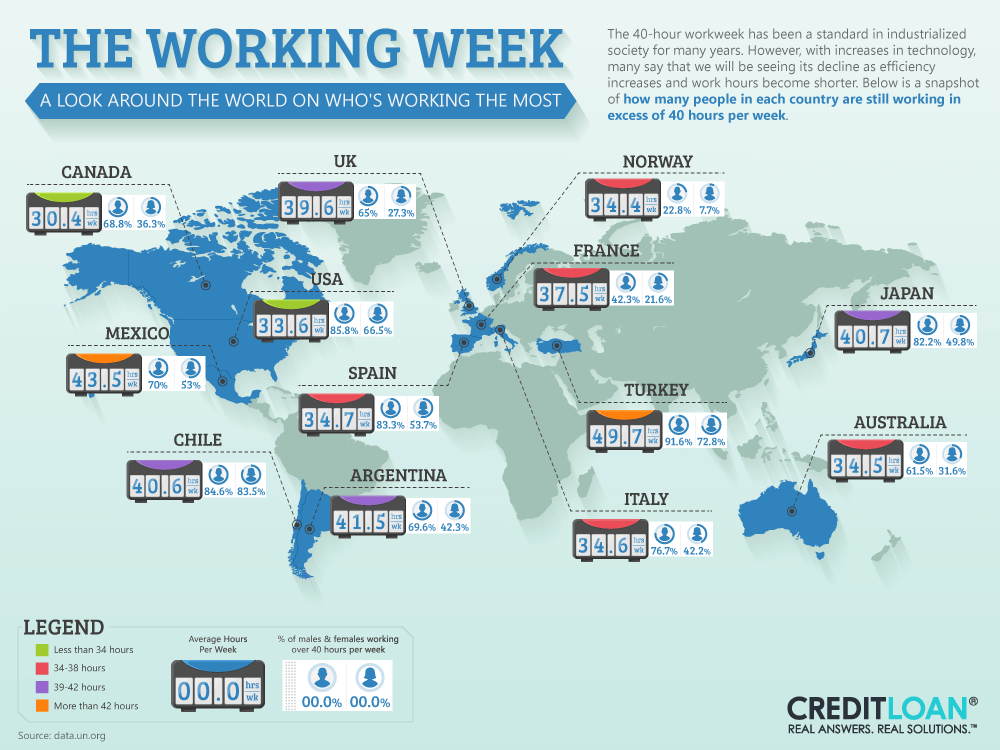A Total Overview To Identifying The Perfect Dumpster Dimension For Your Project
A Total Overview To Identifying The Perfect Dumpster Dimension For Your Project
Blog Article
Authored By-Ellington Fisher
When starting a project that needs a dumpster, the size you choose can substantially influence its effectiveness and cost-effectiveness. Envision having the perfect container that fits all your waste without being excessively big or too small. It all beginnings with recognizing the nuances of your job and picking a dumpster size that straightens with your specific needs. So, before you make a decision, consider the elements at play to make certain a smooth waste monitoring process throughout.
Variables to Consider
When choosing the right dumpster dimension, there are numerous essential variables to take into consideration.
Initially, think about the type of waste you'll be throwing away. fort worth dumpster rental may require varying amounts of room, so understanding what you'll be putting in the dumpster is essential.
Next, analyze the amount of waste you anticipate to create. If you undervalue the volume, you may need to make several trips to get rid of whatever, which can be troublesome and pricey. On the other hand, renting a dumpster that's too large can cause unnecessary costs.
Additionally, think about the area where the dumpster will be placed. Make sure there suffices space for the dumpster to be supplied and grabbed with no obstructions.
Finally, think about any type of weight restrictions that might use. Surpassing the weight limit can lead to added fees and even the rejection of service.
Dumpster Size Alternatives
For choosing the appropriate dumpster size, it's important to have a mutual understanding of the readily available alternatives. Dumpster dimensions generally vary from 10 to 40 cubic lawns, with variants in between.
A 10-yard dumpster appropriates for little jobs like a garage cleanout or a tiny improvement. If you're tackling a medium-sized project such as a kitchen area remodel or a basement cleanout, a 20-yard dumpster could be the appropriate option.
For larger projects like a whole-house remodelling or industrial building, a 30 or 40-yard dumpster could be better to suit the quantity of waste produced.
When deciding on a dumpster dimension, think about the quantity and sort of debris you expect to throw away. It's much better to select a somewhat larger size if you're unclear to prevent overfilling. Keep in https://www.jerseycitynj.gov/cityhall/dpw/sanitation , it's even more cost-effective to rent a dumpster that fits your needs as opposed to having to get an extra one.
Matching Dimension to Job
Efficiently matching the dumpster dimension to your project is important for effective waste monitoring. To determine the best dimension, take into consideration the range and nature of your task.
For small home cleanouts or remodellings, a 10-yard dumpster might suffice. These are commonly 12 feet long and can hold around 4 pickup tons of waste.
For larger projects like redesigning several rooms or clearing out a huge estate, a 20-yard dumpster might be more suitable. These are around 22 feet long and can hold around 8 pickup loads.
If you're dealing with a major building task or industrial improvement, a 30-yard dumpster could be the most effective fit. These dumpsters are about 22 feet long and can suit concerning 12 pickup truck loads of debris.
Matching the dumpster dimension to your project ensures you have sufficient space for all waste products without overpaying for unused capacity.
Conclusion
In conclusion, choosing the appropriate dumpster dimension for your job is crucial for reliable garbage disposal. By considering variables like the type and amount of waste, space availability, weight limitations, and budget plan restraints, you can ensure you have the appropriate size dumpster for your needs. Make sure to match the dimension of the dumpster to the extent and nature of your task to stay clear of overspending on unneeded costs.
